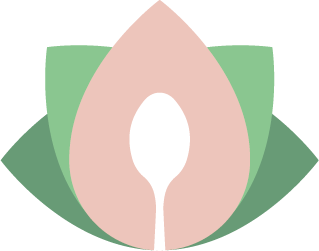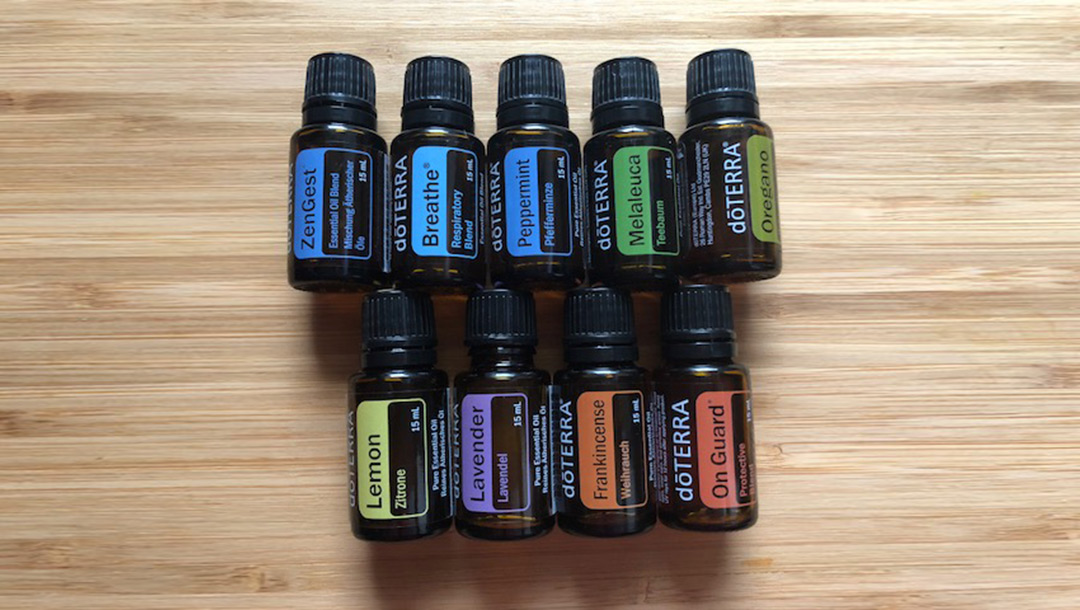Many plants contain volatile aromatic compounds within the roots, flowers, seeds, bark, or other areas. These compounds are known as essential oils. They are highly concentrated, making them extremely potent. Essential oils give a plant its aroma, protect it from environmental conditions, insects, and even play a part in plant pollination. Volatility refers to a substance’s ability to change its state quickly. The chemical makeup of volatile aromatic compounds in essential oils allow them to disperse quickly through the air. Therefore you can instantly smell the potent aroma of an essential oil from the moment you open the bottle, even from a distance.
For more explanation on the topic, watch this beautiful video: What Are Essential Oils
How do Essential Oils Work?
The sense of smell is a tool that can elicit powerful physiologic, mental, and emotional responses. Essential oils are quickly absorbed by the smell receptors, which have a direct link to the limbic system by way of the olfactory nerve. The limbic system is part of the brain that supports a variety of functions including smell, emotions, behaviour, and memory. For this reason, essential oils have an especially powerful effect via aromatic application.
As volatile aromatic compounds move quickly through the air, you will experience the scent when the compounds interact directly with sensors in the brain. With over 3,000 types of volatile aromatic compounds discovered so far, it is important to note that these compounds greatly determine the benefit, aroma, and nature of each essential oil. Because of unique chemical makeup, each essential oil will vary from species to species, and even from plant to plant. The delicate ratio of aromatic constituents found in any given essential oil are what make it unique and give it specific benefits.
While essential oils and plant extracts have been used for centuries, essential oils still hold relevant applications today. With advancing technology, improved quality, potency, and safety, essential oils are now more accessible and easier to use in everyday life. Although essential oils were often used as a part of cultural practices and traditions of the past, we now have increasing scientific evidence and research to show the effectiveness and safe nature of essential oils in our day and age.
Essential oils offer a variety of benefits, and each individual experience essential oil use in their own way. Fortunately, the diversity of essential oils makes them a helpful way to maintain health, even for those who have specific health concerns, seek diverse health benefits, or experience sensitivity. Using essential oils for health benefits has become popular because it allows the user to tailor the experience to their specific wants and needs, rather than settling for a generic solution.
The Emotional Benefits of Essential Oils
When we inhale a distinct aroma, the scent is processed through the brain’s olfactory system, the sensory system responsible for our sense of smell. The olfactory system is connected to the limbic brain, where memories and emotions are stored. The limbic system produces a distinct response to aromas based on memories, triggering/stimulating emotional responses.This concept is known as the Proust Phenomenon.
With unique chemical structures, each essential oil holds a variety of benefits for the user. Some essential oils hold soothing, toning, and grounding properties, while others are known as energizing, uplifting, warming, or renewing.
- Floral oils: typically composed of monoterpene alcohols — calming
- Tree, herb, and grass oils: primarily include sesquiterpenes, esters, and oxides — grounding, soothing
- Mint oils: high concentration of ketones — energizing and uplifting
- Citrus oils: limonene, beta-pinene, and monoterpenes — uplifting
- Spice oils: phenols — warming
We all have different triggers and memories, this makes our responses extremely unique, not every user will have the exact same psychological reaction to the same oil.
As our bodies go through an array of emotions and physical states throughout a single day, essential oils can help us manage and maintain well-being.
How Essential Oils Are Made
It is important to note that not all essential oils are created equal. The purity of an oil changes depending on geographic location, distillation methods, weather, and other factors. Additionally, no matter how well a plant is selected, cared for, and harvested, the quality of an essential oil can either be preserved or destroyed during the distillation process. Because of the attention to detail and precision necessary in distillation, it becomes less of a process and more of an art form. Distillers must be precise and pay careful attention to harvesting methods, temperatures, time of distillation, the amount of pressure used, etc.
The exact process for producing an essential oil will vary depending on what type of plant the oil comes from. However, the basic idea is that plants go through a specific distillation process using special machinery in order to separate the essential oil from its plant parts. During the distillation process, the machinery will separate the essential oil from its original plant part. For example, when citrus oils are produced, machinery is used to separate the essential oil from the rind of the fruit.
Source: www.doterra.com

